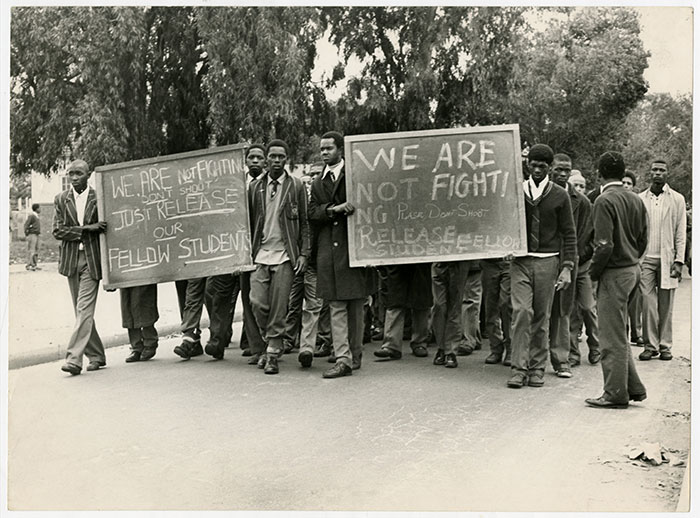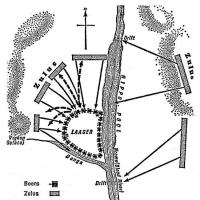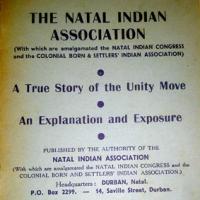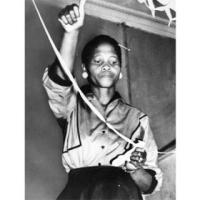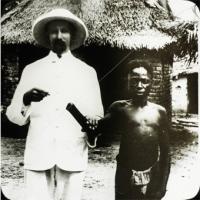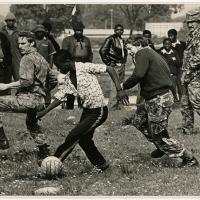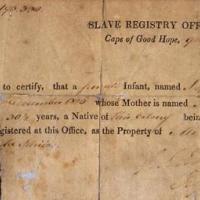Walter Kefuoe Fikelephi Chakela was a revered playwright and poet born on 13 April 1953 in Vryburg, a small, conservative Afrikaner town in Transvaal (now North West Province). His father, Augustine Tjato ‘Chateau’ Chakela, was a travelling agricultural inspection officer and a captivating storyteller who found an eager listener in his son.
Crowds scatter up Darling Street as police fire teargas on the Grand Parade. 9 September 1976

Crowds scatter up Darling Street as police fire teargas on the Grand Parade. 9 September 1976
